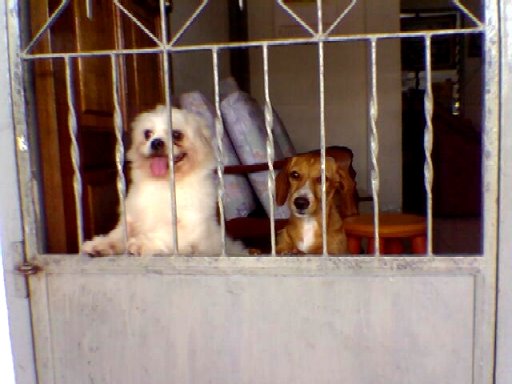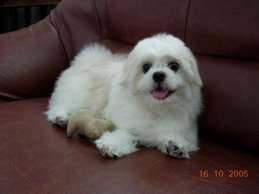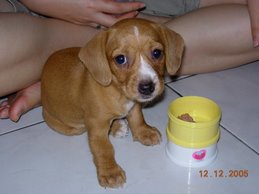Tips On Choosing The Correct Food For Your Pet
Puppy chow, weight control dog foods and food for
senior citizens are just a few of the choices
that you face in the dog food aisle. Beyond that
you can also choose between dry food, canned food
and moist food that is served from a handy pouch.
Prices can range from the very affordable to
quite expensive and you can be left standing in
the aisle, desperately trying to decide which
one is right for your pooch. Here are some tips
to help you find the best dog food for your
puppy.
Your Dog's Health and Needs
Every dog is an individual and their needs will
vary. What is perfect for one pet may prove too
fattening for another, or it may not provide key
nutrients that another dog is lacking in.The
first step is to look carefully at your dog's
health. Write down any health conditions that
your dog is dealing with. These could include
recurrent diarrhea, obesity, being underweight,
problems with worms or fleas, low energy or a
thinning coat.
Now make another list and write down all of your
dog's health assets. A shiny coat, for example,
is an asset. Clean teeth or breath that is
decent are assets. Compare the two lists. If
your dog has far more assets than problems then
you have probably already found the ideal dog
food.
However, if your dog is facing more problems
than pride, then he or she may benefit from a
change in diet. The next step in this case will
be to have a meeting with your veterinarian.
Take along the ingredients label form the dog
food bag so you can discuss changes that may be
necessary. A dull coat, for example, may require
a diet that is higher in essential fatty acids.
What to Look for in Dog Food
When you are changing your pet's diet, look
carefully at the ingredients. Here are some tips
on what you are looking for and why.
Protein
Essential to satisfy their carnivorous appetite,
the first ingredient should be some kind of fresh
meat type followed by a meal. Meat meals, such as
lamb meal or salmon meal, are perfectly
acceptable. The label should name the type of
meal, not just call it "meat meal". Think of it
as feeding your children fresh chicken breasts
compared to hot dogs.
Fats and Oils Necessary for skin, coat and brain
development, the fats and oils need to be there.
Look for specifically named fats like chicken
fat, canola oil and the like.
Carbohydrates
These are great for energy. Look for whole
grains like rice, oats, barley, potatoes, peas
and sweet potatoes. Beware of foods where the
grains are split and listed as the grain, grain
flour or grain bran.
What to Avoid
Sometimes it's easier to start by learning what
you don't want in the dog's food. Here is a
short list of ingredients that you don't want to
see on your dog's food label.
Corn gluten, soy meal or soybean meal should be
avoided.
Mineral oil
Grain products, like flour, middlings or mill
run
Unspecified sources of grains
Apple pomace, grape pomace or citrus pulp
Onion
BHA, BHT, TBHQ, sodium metabisulphite
preservatives
Sugar, fructose, sucrose, glucose, ammoniated
glycyrrhizin, corn syrup, propylene glycol
Any dyes
The final step is finding the right pet food
will be the taste test at home. The ideal
product will be healthy for your dog and
enjoyable for her to eat. Start by purchasing
small bags and keep track of what is tried and
what the response is. With a little patience and
some research, you will soon find a dog food that
is perfect for your dog's needs.
----------------------------------------------------
With many choices available in the supermarket
aisles, we have come up with a few pointers for
your pet food choices
http://www.dodsonandhorrellpetfood.co.uk
EasyPublish this article: http://submityourarticle.com/articles/easypublish.php?art_id=221221
>













.jpg)






.jpg)

0 comments:
Post a Comment